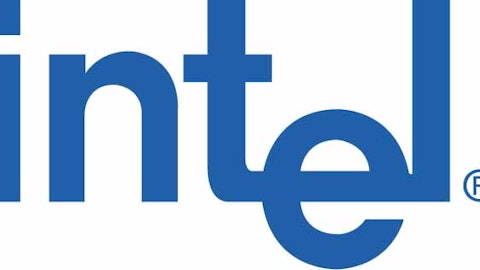Within a year, the first six REITs were established. By 1965, the first REIT was listed on a major stock exchange, and by the end of the decade mortgage REITS were helping to swell total REIT assets to $21 billion. Today, there are roughly 300 REITs listed with the Securities and Exchange Commission. Of these, 160 are listed on the New York Stock Exchange, with an aggregate market capitalization of $650 billion. REITs paid out about $29 billion in dividends in 2012, which represents substantially all of the net income derived from total industry holdings of about $1 trillion. That year, the largest REIT by market cap was Simon Property Group, which at a $45 billion valuation was roughly twice the size of the second-place REIT. Simon was far from the highest yielder, however — ARMOUR Residential REIT, Inc. (NYSE:ARR) boasted a yield in excess of 20% that year!
A whole new way to sell
Alexander Turney Stewart opened the world’s first department store, the “Marble Palace” in New York City, on Sept. 14, 1848. Stewart was already a wealthy and successful retail operator, but the four-story structure raised him into New York’s elite. Merchandise displays, replete with elaborate imported gowns that could be tried on in a mirror-lined “showroom” on the second floor, drew in many well-to-do shoppers, and by the mid-1850s Stewart was worth roughly $2.3 million, which would be roughly $60 million in present terms. Through savvy expansions of the store’s product offerings, Stewart continued to grow his empire, and his success led to the opening an even larger department store, six stories tall and employing 2,000 people, in 1862. The concept was catching on.
A.T. Stewart eventually became one of the richest men in history on the strength of his retailing abilities. Brian Warner of Celebrity Net Worth estimated in 2012 that Stewart’s reported wealth at his death in 1876 would be the equivalent of $90 billion in today’s terms. Marble Palace still stands in Broadway today as a historic landmark. Government offices occupy the upper floors, and smaller retailers have set up shop on its first two stories. Today, more than 1.5 million Americans work in or for department stores, which combine to generate more than $200 billion in annual revenue in the United States.
King of the world!
Microsoft Corporation (NASDAQ:MSFT) rode that hand to a market cap of just over $600 billion by the end of 1999, which remains the largest valuation in modern American market history when adjusted for inflation. Near its peak, Microsoft also joined GE on the Dow Jones Industrial Average 2 Minute (INDEXDJX:.DJI) as a symbol of the new digital economy, and also as a rite of passage — all of the 11 companies that have claimed the largest-of-all-time market cap mantle in the past century, save the most recent one, have been part of the Dow Jones Industrial Average 2 Minute (INDEXDJX:.DJI). However, the end of the dot-com bubble deflated Microsoft Corporation (NASDAQ:MSFT)’s market cap, and in the 15 years that followed its first day as top dog, the software giant has spent far more time looking up at GE than it has leading the pack.
The article Today in History: OPEC Rises, the Birth of REITs, and Microsoft’s Triumph originally appeared on Fool.com is written by Alex Planes.
Fool contributor Alex Planes holds no financial position in any company mentioned here. Add him on Google+ or follow him on Twitter, @TMFBiggles, for more insight into markets, history, and technology.The Motley Fool recommends Chevron and owns shares of General Electric and Microsoft.
Copyright © 1995 – 2013 The Motley Fool, LLC. All rights reserved. The Motley Fool has a disclosure policy.





